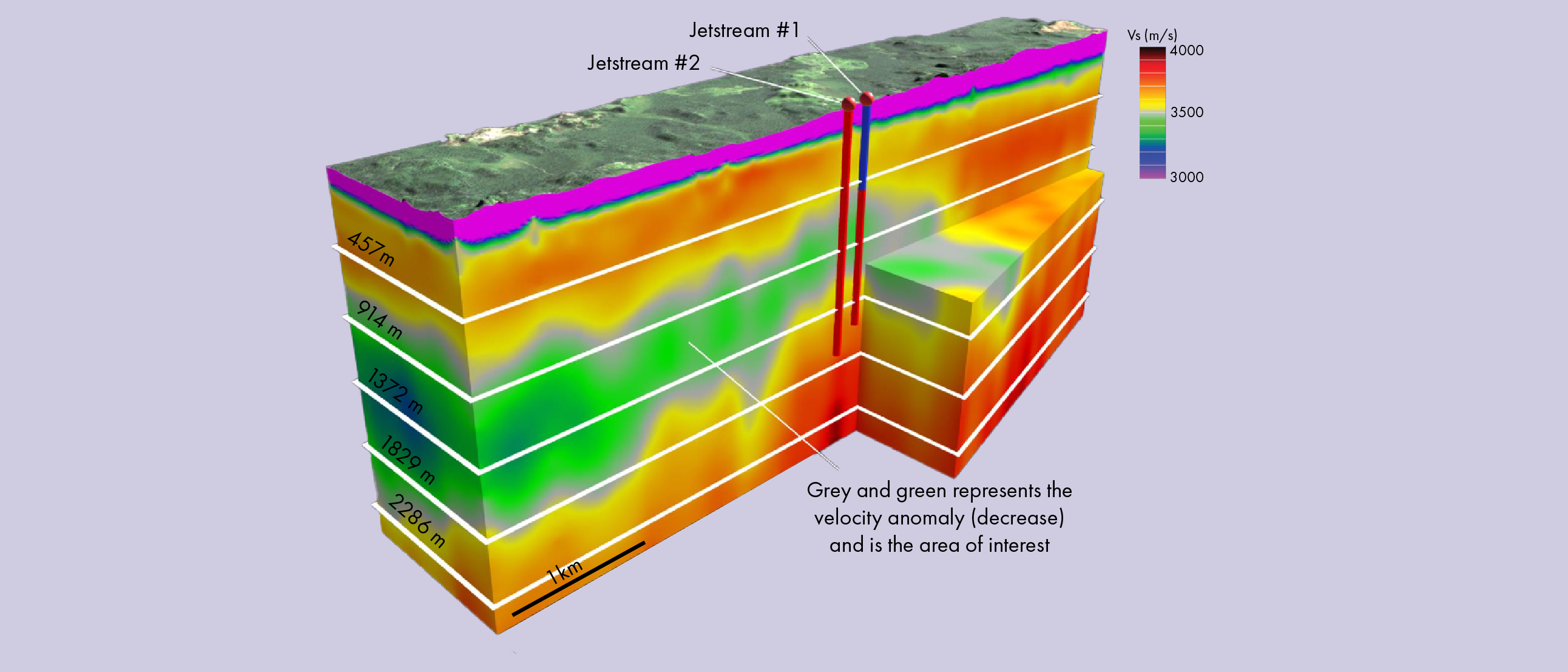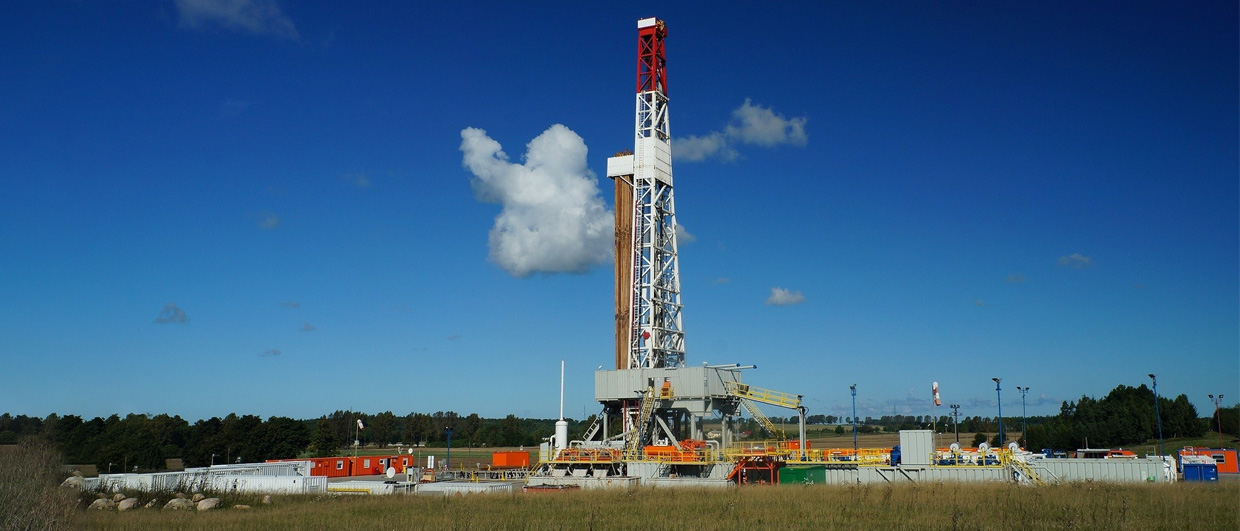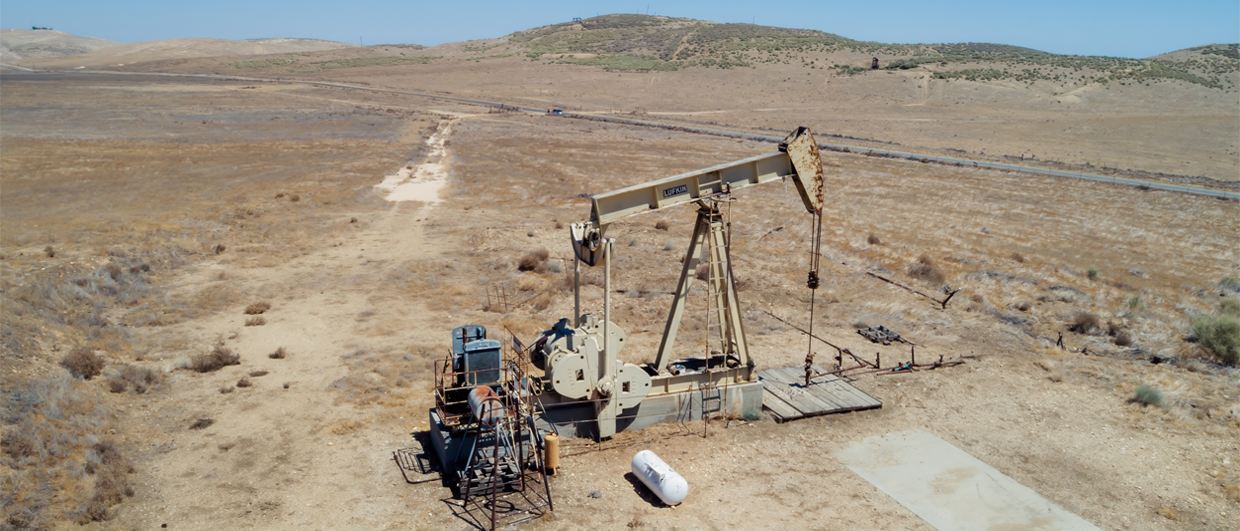In 2011, a borehole targeting nickel unexpectedly discovered gas. The gas flowed from the hole with such force that it reportedly ‘screamed like a jet engine’ for four days until experts were able to seal the well. Analysis revealed that the gas contained over 10 % helium, along with CO2 and nitrogen.
The targeted rock formations are part of the Duluth intrusive complex. The complex consists of layered mafic rocks emplaced 1.1 billion years ago when the Midcontinent Rift began to split apart the North American craton. The relatively stable tectonic conditions since then have allowed helium to slowly accumulate over time.
Well above the cut-off value
In 2024, Pulsar Helium drilled the Jetstream #1 appraisal well, located 20 m from the discovery hole. Laboratory tests revealed up to 14.5 % helium and an average of 9.9 % helium over a 12-day flow test, well above the 0.3 % cut-off value for economic production. Wireline analysis identified discrete zones with productive permeability related to fracture porosity within the igneous rock. The well achieved a flow rate of 821,000 ft3 per day under well-head compression.
The passive seismic model shows a significant velocity decrease in the zone that flows helium, while impermeable igneous rocks cap the helium-rich zone. The shear wave anomaly has a vertical thickness of approximately 610 m and covers an aerial extent of 7 km2.
Initially, the Jetstream #1 well only reached the top of the low-velocity zone. Consequently, Pulsar Helium decided to deepen the well earlier this year, and it now transects the entire velocity anomaly. The company also drilled the Jetstream #2 appraisal well to further assess reservoir properties, such as porosity, permeability and well connectivity. Both wells successfully flowed helium to surface, confirming the geophysical interpretation of the shear wave anomaly corresponding to the helium-bearing zone.
Rock dust
Currently, the company is conducting pressure and flow tests. Wellhead pressures are encouraging for both wells, but drilling fines, rock dust generated during air drilling, are hindering the flow tests. Drilling fines partially coat the wellbore walls and limit gas flow. A preliminary clean-up of both wells has mobilised part of the drilling fines and resulted in improved flow; the wells flow naturally and on compression. Further flow testing will resume once clean-up is complete.
In addition to helium, Pulsar plans to capitalise on the approximately 62 % CO2 present in the gas stream by constructing a dual helium-CO2 production facility.





